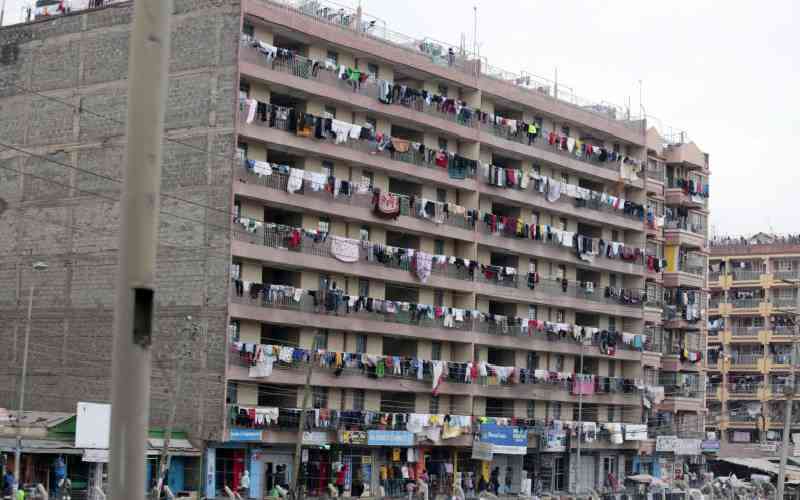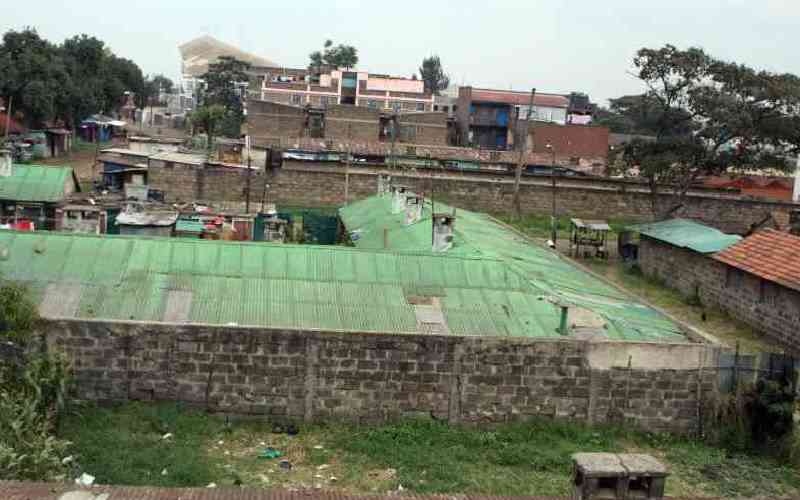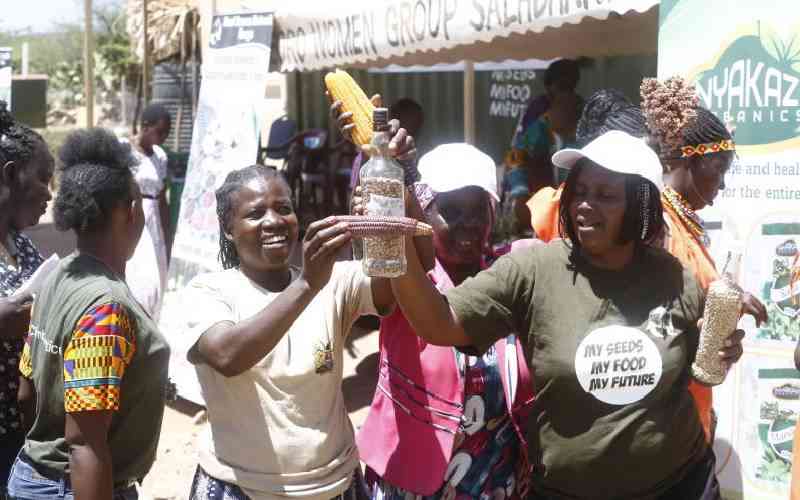Counties outside the National Fibre Optic Backbone (NOFBI) will have to wait longer for connection following budget cuts for ICT infrastructure connectivity.
Supplementary budget estimates from the National Treasury indicate the number of kilometres to be rolled out in Phase Two of the multi-billion-shilling project have been cut from 800km to 500km.
The number of counties and sub-counties to be connected has subsequently been reduced from 50 to 30. This follows a Sh39.6 million budget cut from Sh7.95 billion to Sh7.91 billion in total expenditure this financial year.
HUGE PRICE TAG
This means the project, initially slated for completion in December last year before being postponed to June this year, will be delayed further, locking out millions of Kenyans from easy access of e-government services.
The NOFBI project dates back close to 10 years, with taxpayers funding Phase One of 4,300km of core fibre across all major towns in the country to the tune of Sh6billion.
This was expected to facilitate the growing demand for connectivity by both the private and public institutions in the new administrative units.
This first phase was outsourced to three contractors, including Huawei Technologies, ZTE and SAGEM, which took 1,112km, 1,342km and 1,771km respectively.
Only 28 counties were connected in this phase, with the rest to be covered under Phase Two that came with a Sh7.2 billion price tag jointly funded by the Kenyan Government and China’s Exim Bank.
A section of the completed Phase One of the project is already in use by the national government, Telkom, Safaricom, Jamii Telecom and KENET. The five entities are utilising more than 3,000km of the cable, whose maintenance is being handled by Telkom Kenya.
The project has been running behind schedule each year for the last three years, putting on hold the ambitious project.
The Government had targeted to lay down 2,100km of optic fibre by next year in Phase Two, but so far, only 1489km have been laid out, with Treasury blaming the delays on acquisition of way leaves.
Technology firm, Huawei Technologies, was picked as the exclusive contractor for the project to build 1,600km of fiber linking all the county headquarters with an additional 500km dedicated for military use.
The ICT Authority says 1,200km out of the 1,600km civil works have been completed already, with 900km of fibre having been laid in the backbone section.
Last month, the Belgian Government committed a Sh2.4 billion grant to the project with an additional last mile connectivity phase, including connecting at least three county buildings with a local area wireless network.
LAST MILE CONNECTIVITY
The project is expected to ease high speed internet connectivity in counties and reduce barriers to access.
This comes following findings that more than 2.5 million Kenyans have no access to voice services and 55 per cent of the country’s land mass is yet to be covered by 2G mobile signals.
A recent study by industry regulator, the Communications Authority, shows a total of 164 sub-locations, mainly in the North Rift and North Eastern regions of the country, remain with zero coverage of mobile services.
 The Standard Group Plc is a multi-media organization with investments in media
platforms spanning newspaper print operations, television, radio broadcasting,
digital and online services. The Standard Group is recognized as a leading
multi-media house in Kenya with a key influence in matters of national and
international interest.
The Standard Group Plc is a multi-media organization with investments in media
platforms spanning newspaper print operations, television, radio broadcasting,
digital and online services. The Standard Group is recognized as a leading
multi-media house in Kenya with a key influence in matters of national and
international interest.
 The Standard Group Plc is a multi-media organization with investments in media
platforms spanning newspaper print operations, television, radio broadcasting,
digital and online services. The Standard Group is recognized as a leading
multi-media house in Kenya with a key influence in matters of national and
international interest.
The Standard Group Plc is a multi-media organization with investments in media
platforms spanning newspaper print operations, television, radio broadcasting,
digital and online services. The Standard Group is recognized as a leading
multi-media house in Kenya with a key influence in matters of national and
international interest.









